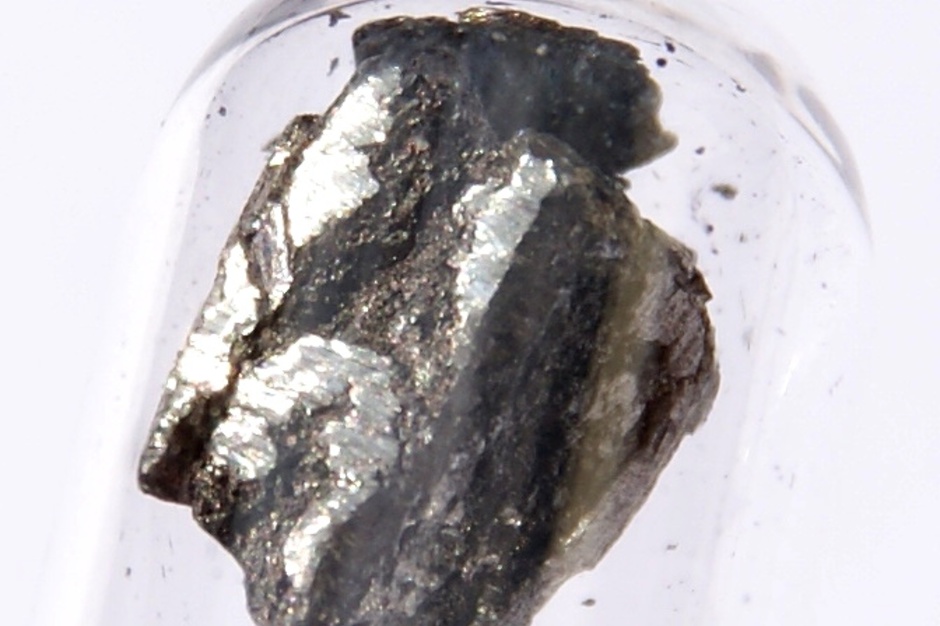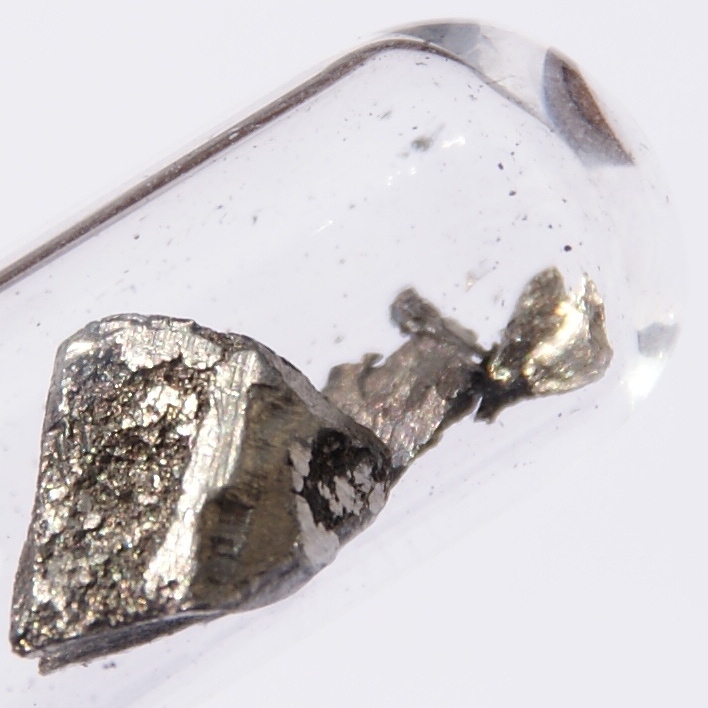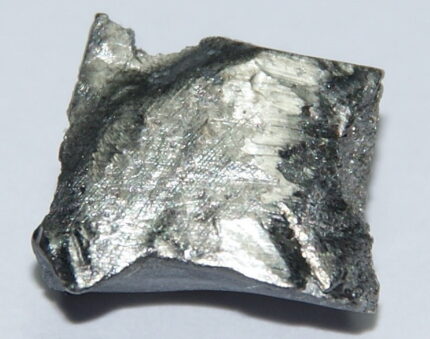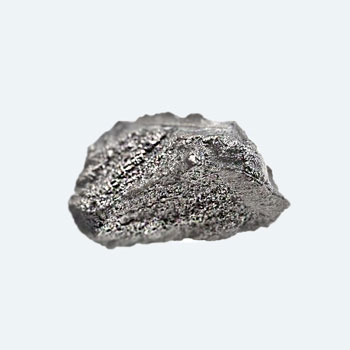Description
Lanthanum is a chemical element with the symbol La and atomic number 57. It belongs to the group of lanthanides, which are a series of 15 metallic elements known for their unique properties. Discovered in 1839 by Swedish chemist Johan Gadolin, lanthanum is generally found in nature combined with other rare earth elements in minerals such as monazite and bastnäsite. As a soft, silvery-white metal, lanthanum is malleable and tarnishes quickly when exposed to air, necessitating careful handling in a controlled environment.
In terms of applications, lanthanum plays a crucial role in various industries. Its most notable use is in the production of catalysts for petroleum refining, where it enhances the efficiency of processes by promoting chemical reactions. Additionally, lanthanum is used in the manufacture of high-performance glass for camera lenses and optical instruments due to its ability to improve clarity and reduce light distortion. Furthermore, lanthanum is essential in the production of rechargeable nickel-metal hydride (NiMH) batteries, which are common in hybrid vehicles and portable electronics.
Beyond industrial applications, lanthanum possesses potential in scientific research, particularly in the fields of material science and nanotechnology. Researchers are exploring its compounds for use in advanced materials, such as superconductors and magnetic materials, due to their unique electronic properties. As the demand for technological innovations continues to rise, lanthanum and its derived compounds are likely to play an increasingly valuable role in the development of new technologies. Overall, lanthanum is a versatile element that bridges the gap between natural resources and modern innovation, making it a subject of interest in both scientific and industrial domains.












